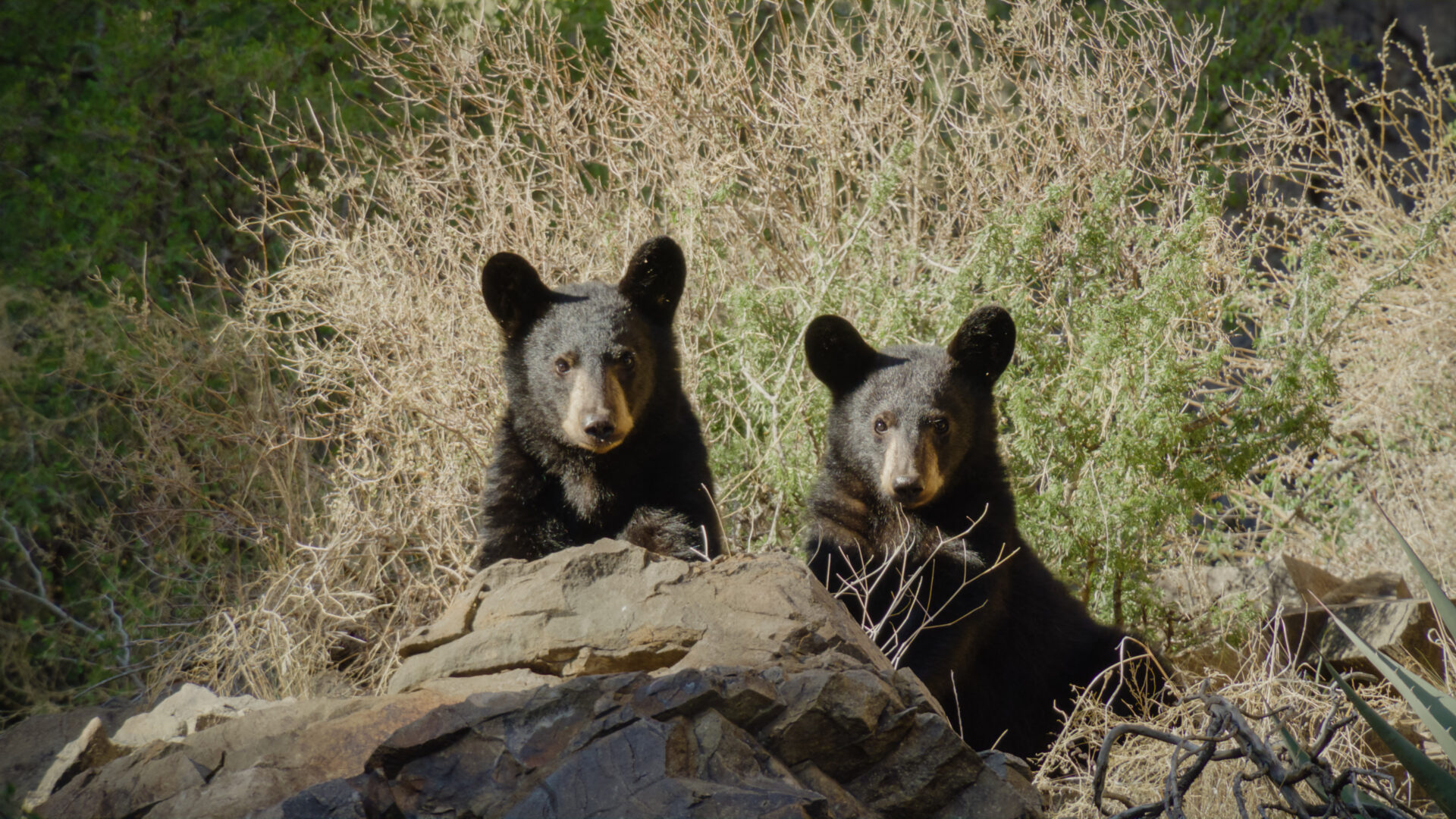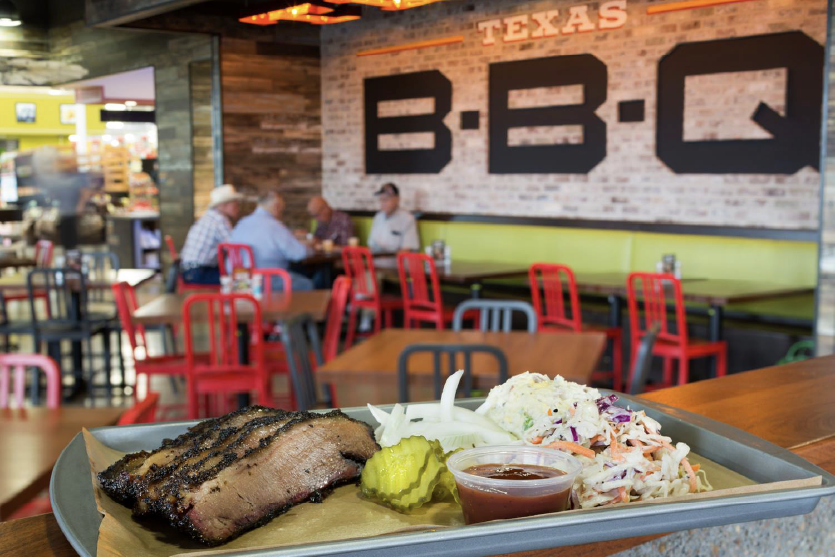Kid’s Corner: Our Kids, Our Future
H-E-B is proud to help educate young Texans to be good stewards of the Lone Star State, helping build a greener, cleaner Texas. As a community-focused brand, H-E-B knows that educating the next generation is a crucial part of keeping Texas strong. That’s why we give back $10 million annually to help Texas kids and educators thrive.
Below, you’ll find a selection of kids’ activities about Texas wildlife, recycling, environmental literacy, and more, designed for kids of all ages. Together, we can educate & inspire the next generations of Texans to care for the planet!
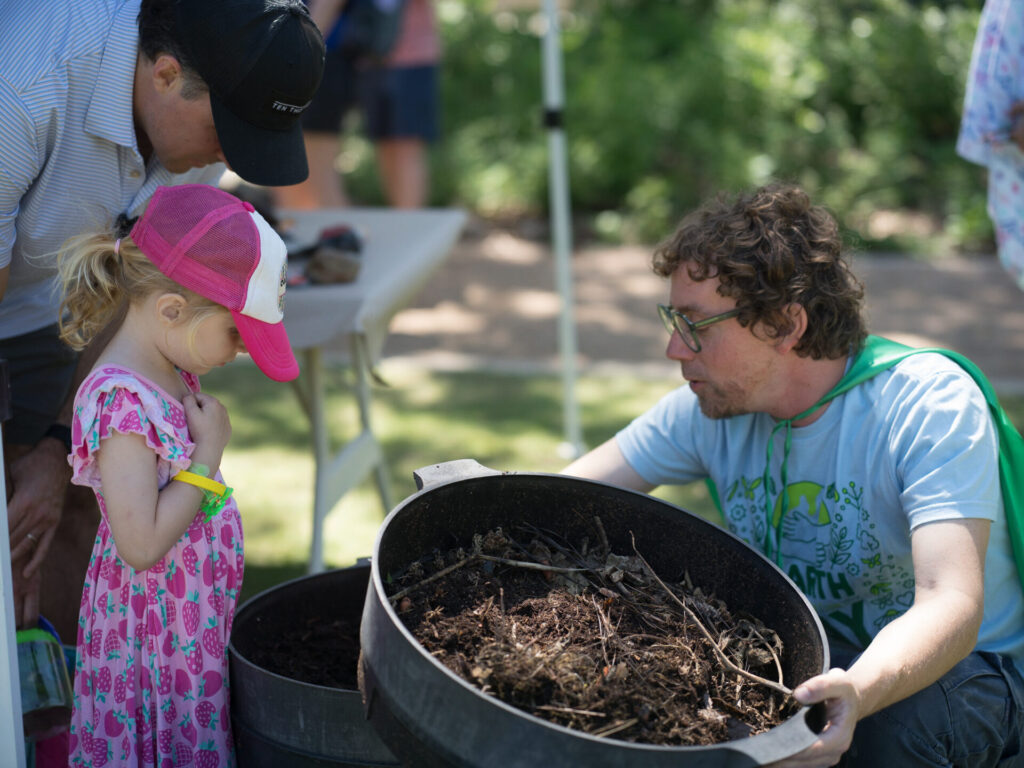
H-E-B created this free H-E-Bee activity book to help kids learn about environmental issues related to food & waste. “H-E-Bee” the squash bee, a native Texas species, buzzes through the pages to guide kids on a learning journey in both English and Spanish.
Amongst the fun educational games and activities, there’s information on:
- Eating more sustainably to reduce food waste & give back to the planet
- The different parts of edible plants
- The health benefits of eating more fruits & veggies
- A healthy plate guide
- How to read nutrition labels on packaged foods
- How to help Texas’ favorite pollinators by creating Bee Hotels
- A recycling guide to help keep waste out of landfills
- Composting tips & tricks
- Reducing your family’s contribution to landfill waste
- Ways to start living zero-waste
- How to explore & learn about the nature in your backyard or local parks
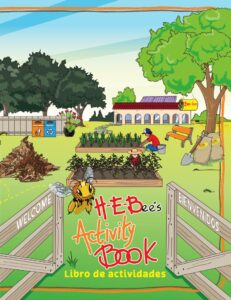 H-E-B created this free H-E-Bee activity book to help kids learn about environmental issues related to food & waste. “H-E-Bee” the squash bee, a native Texas species, buzzes through the pages to guide kids on a learning journey in both English and Spanish.
H-E-B created this free H-E-Bee activity book to help kids learn about environmental issues related to food & waste. “H-E-Bee” the squash bee, a native Texas species, buzzes through the pages to guide kids on a learning journey in both English and Spanish.
Amongst the fun educational games and activities, there’s information on:
- Eating more sustainably to reduce food waste & give back to the planet
- The different parts of edible plants
- The health benefits of eating more fruits & veggies
- A healthy plate guide
- How to read nutrition labels on packaged foods
- How to help Texas’ favorite pollinators by creating Bee Hotels
- A recycling guide to help keep waste out of landfills
- Composting tips & tricks
- Reducing your family’s contribution to landfill waste
- Ways to start living zero-waste
- How to explore & learn about the nature in your backyard or local parks
There are countless environmental touchpoints of all sizes in your H-E-B, and we’ve partnered with environmental nonprofit EcoRise to help you and your kids explore them. Print this free H-E-B Kid’s Scavenger Hunt guide out (English | Spanish) before your next trip to your H-E-B! In addition to the in-store scavenger hunt, it features fun games, links to easy recipes, activity ideas and more, and includes information on:

- H-E-B’s recycling program, and how & what you can recycle at home
- The benefits of the organic & locally sourced produce you’ll find at your H-E-B
- How H-E-B implements the EPA’s food recovery hierarchy in our stores & manufacturing plants
- Preventing food waste at home
- A kids’ guide to Texas’ native bee and plant species
- How Field & Future by H-E-B™ products help reduce waste
About EcoRise
EcoRise is a nonprofit social enterprise whose mission is to mobilize a new generation of leaders to design healthy, just, and thriving communities for all. Founded in Austin in 2008, EcoRise works with over 3,500 schools globally. This includes 918 K-12 schools in Texas alone! Many of these are Title I schools in lower income areas, but all are in H-E-B-served communities.
EcoRise offers interactive TEKS-aligned environmental education and climate justice programs for K-12 students, educators, and school districts focused on:
- Environmental literacy, advocacy, and justice
- Ways to make schools more sustainable
- Access to green career pathways, including promoting racial equity & diversity in the field
The learning doesn’t stop when the school day ends, though! EcoRise facilitates leading-edge, hyper-local professional development for K-12 teachers & administrators, through connections & collaborations with local, diverse community-based organizations.
In addition, EcoRise also provides individual Eco-Audit grants (up to $700 per student group) that support green student initiatives & innovations that tackle sustainability issues at their school. To apply for a grant, students complete an EcoRise “Eco-Audit” of the waste, water, food, public space, electricity, air, or transportation at their school and analyze the data to see what THEY can make more sustainable.
Designed for teachers and students in grades 6-12, these PBS Learning Resources are free TEKS-aligned teaching guides that accompany the H-E-B Presents: Our Texas, Our Future Films. Each includes both social studies and science materials, with lessons on:
- Understanding the ecoregion of each story setting and context to where you live
- Highlighting environmental & STEM career paths
- Learning more about each animal’s physical characteristics and diet
- Human impact on each species environment
- Research and policies that helps each species succeed
A CENTURY CELEBRATION: TEXAS STATE PARKS LEARNING GUIDE
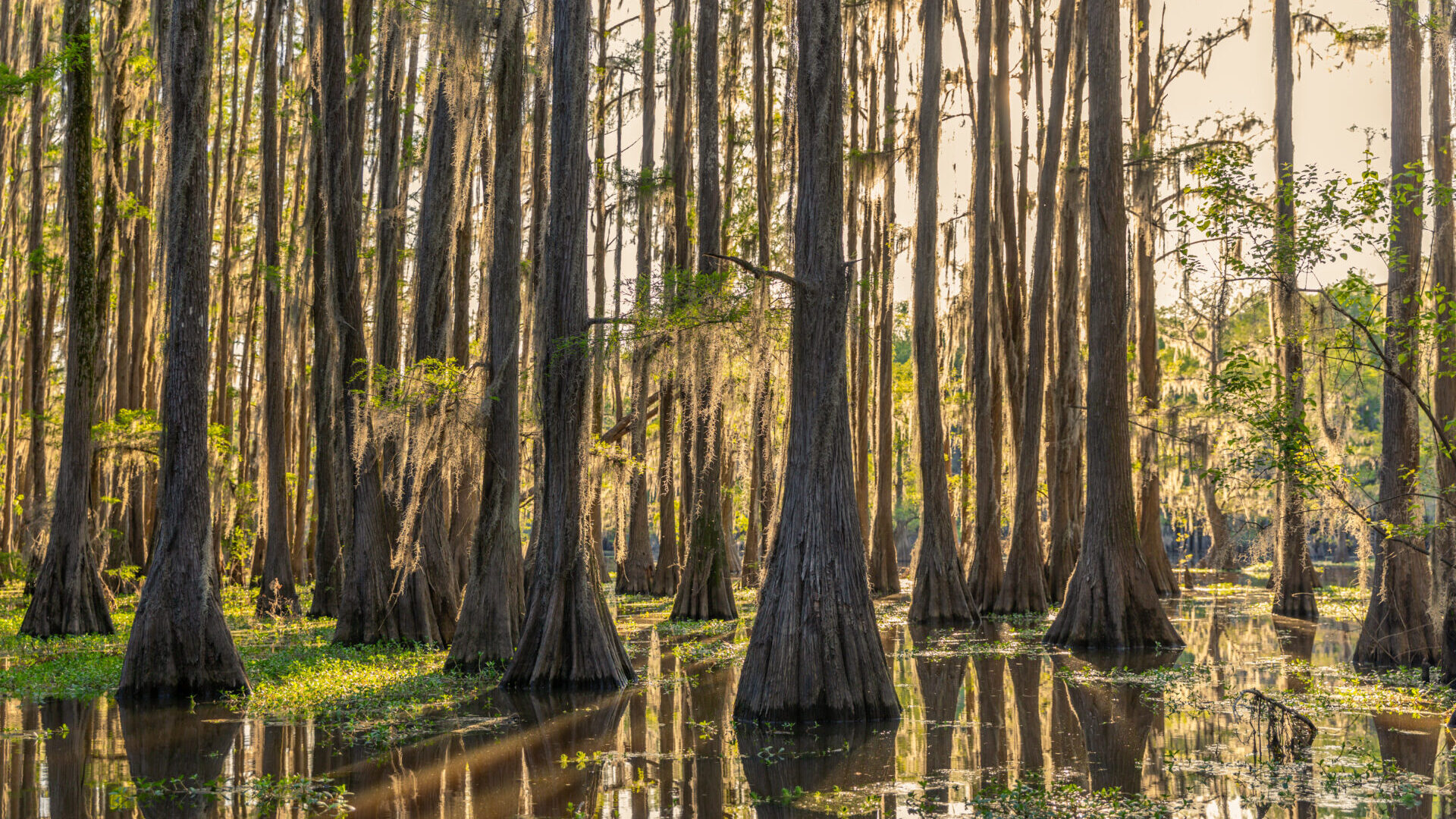
The Texas State Parks system began as a six-acre donation from Isabella Neff in 1923, and now encompasses nearly 90 parks covering over 1.5 million acres of public land. These spaces allow Texans to enjoy nature, connect with one another, and help protect the 10 unique ecoregions of Texas and the native plants & animals that live in each one.
This guide helps students learn about:
- The history of Texas State Parks
- The parks’ impact on Texas’ ecosystems
- How state park departments impact these natural environments
- Possible career paths that support our state parks
SECOND CHANCE LEARNING GUIDE
Black bears were driven out of Texas by the 1950s, but independently returned to Big Bend National Park 30 years ago. Since then, their population has slowly grown, expanding back into their historic habitat in the Trans-Pecos deserts of West Texas. Although the return of the black bear is celebrated by many, bears can have impacts on Texas agriculture that need to be better understood.
Conservationists & researchers from the Borderlands Research Institute in Alpine, TX are working with local ranchers to study the comeback of the black bear. They are working to learn what the bears eat, what their habitat & survival needs are, and how humans can coexist peacefully with black bears.
This learning guide pairs with the Second Chance documentary film to help students analyze:
- Black bears’ extirpation & return
- Their impact on the environment
- Conservation needs
- The careers of three different wildlife research & management STEM professionals
REDFISH REVIVAL LEARNING GUIDE

Redfish are a popular sport fish with anglers along the Gulf Coast of Texas. In the 1970s, redfish were greatly overfished, and a group of passionate fishermen acted, advocating for state legislation that enforced conservation efforts. Today, the Gulf Coast’s redfish population is thriving, allowing for both sport and commercial anglers to safely catch redfish.
In this Redfish Revival learning guide, students learn about:
- The ecosystem of the Gulf Coast & Coastal Plains of South Texas
- The decline, conservation, and rise of wild redfish
- How overfishing impacts ecosystems
- Current advances in aquaculture (fish farming)
- Coastal STEM career paths
RANCHING WITH OCELOTS LEARNING GUIDE
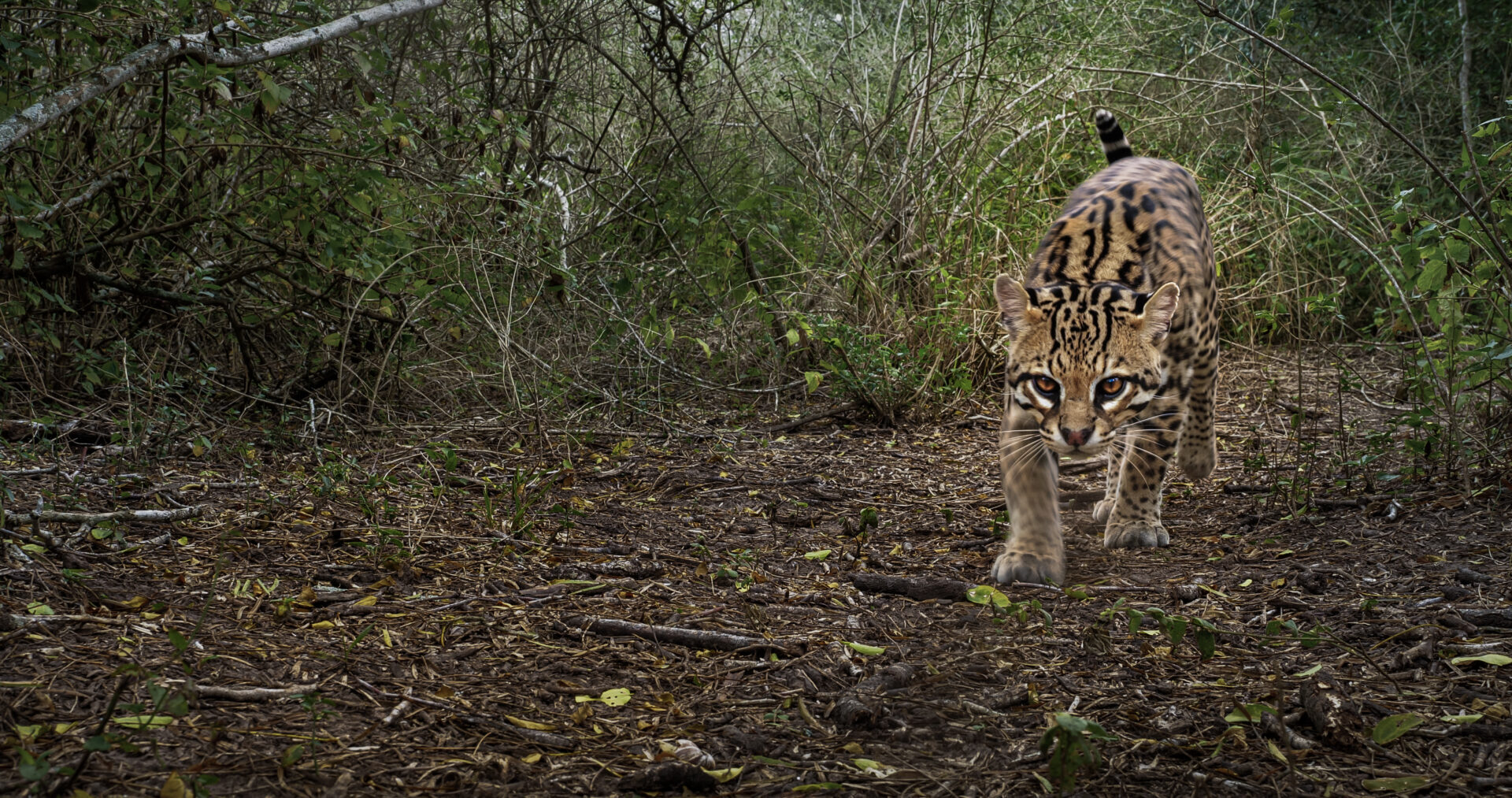
Ocelots were once common throughout much of Arizona & Texas, but their population has shrunk to fewer than 120 wild ocelots remaining in deep South Texas. Their preferred habitat of scrub brush is shrinking fast, due to the construction of roads and other modern necessities.
Ocelot survival now depends on the conservation work that Texan cattle ranchers & traditional vaqueros are doing to preserve the scrub brush. This Ranching With Ocelots learning guide helps students:
- Learn about wild ocelots, and what caused their habitat to shrink
- Analyze current ocelot & land conservation strategies
- Identify & classify the South Texas & Coastal Plains ecosystems
- Explore future career paths that involve working with animals
BATSIES LEARNING GUIDE

Bats play a crucial, often invisible, role in Texas’ agricultural economy & food systems, both as pollinators and free, natural pest control. Over 30 species of bats call Texas home, and the Bracken Cave Preserve outside of San Antonio is home to the world’s largest colony of bats—over 15 million Mexican free-tailed bats!
Batsies shadows two Texas State University female wildlife biologists working to conserve & protect Texas’ bat population. The Batsies learning guide covers:
- The roles bats play in ecosystems, the food web, and energy pyramids
- The various threats facing bat populations
- How wind turbines are an important tool in combating climate change, but are a leading cause of bat deaths
- Exploring STEM careers in wildlife biology

